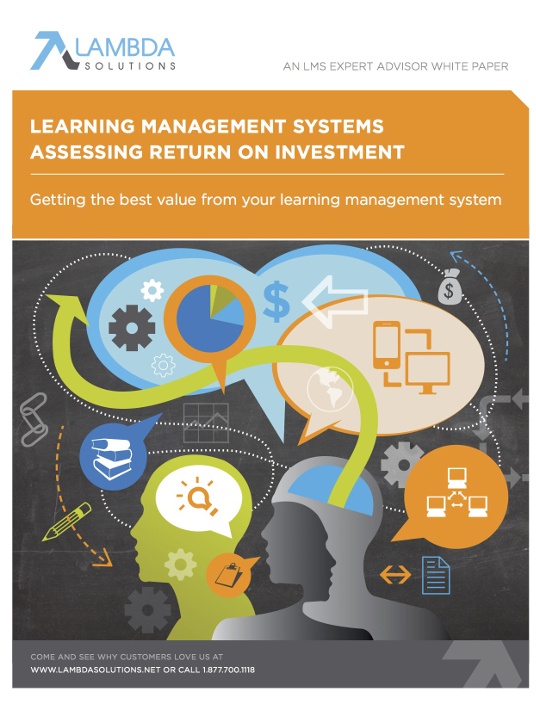How To Evaluate The Effectiveness Of Your Corporate Training Programs
Measuring the value to an organization is a complex but important component of any corporate training course or program. At the very base, training should have a purpose — to inform, to teach, to improve, and to teach. Introducing evaluation and tying it to performance will identify if learning has occurred during and after training, and if job performance improvements have been realized. Measuring improvements in job performance will also provide valuable data for measuring the cost-benefits to the organization.

Aligning Corporate Training With Organizational Goals
A key requirement for any organization is to ensure training and learning properly aligns with organizational goals. In best practice companies, all corporate training programs cascade down from the overall strategic goals. No programs are developed and implemented unless they are guaranteed to produce results that are identified as critical to the organization.
How do you ensure training aligns with business outcomes?
1. Identify The Business Needs
Ask your stakeholders and business partners the following questions:
- What desired results from an organizational perspective do you want to realize from training? What are the goals and business outcomes of the organization?
- What are the goals and business outcomes of the organization?
- What needs to change within the organization/business unit(s) to meet those goals and business outcomes?
- Which key performance indicators (or KPIs) should change? Examples of this are sales forecasts, customer satisfaction, employee turnover, and operational costs.
- What needs to be learned to make those changes happen?
- What will success look like to you?
2. Create The Learning Plan
Once you understand the business need, develop a corporate training and evaluation plan to meet the learning requirements associated with that need, based on the answers to the following questions:
- What needs to be learned in order to achieve the business outcomes?
- What required knowledge, skills, and attitudes (KPAs) are needed?
- What type of learning experiences and practice are needed to become proficient?
- When, and how, will these learning experiences and practice be best accomplished?
- How, and when, will the learning be measured?
- How will learning be applied to the job? How will that application be reinforced on the job?
3. Measure The Business Results
If you start with the company's business outcomes, you should also end with the company's business outcomes, and how the programs you design and deliver will affect them. To identify how learning aligns with business outcomes and meets the needs of stakeholders and business partners, you should find the answers to the following questions:
- What changes in business results and key performance indicators have been realized from the learning program?
- For every dollar invested in training, how many dollars does the organization get in return? Is the ROI significant enough to justify training?
- What key intangible benefits (soft data) have been gained?
Implementing Learning & Training Evaluation
Before Learning:
- Create pre-evaluation that is directly aligned to learning content and the learning objectives.
- Some examples of pre-evaluation are self-assessment surveys (before and after), written pre-tests, blog or wiki questions and reading assignments with questions.
During Learning:
- Design a variety of formative evaluation tools and place in strategic spots throughout your content. There should be at least one formative evaluation per lesson, since each lesson should have at least one learning objective.
- Some examples of formative evaluation tools are team exercises, brainstorming, flipchart discussions, informal surveys, learning games, reflective exercises, reflection questions to answer, etc.
After Learning:
- Design a summative evaluation to evaluate how successfully each learner meets the learning objectives.
- Summative evaluations are completed individually and typically marked using a checklist or rating scale.
- A checklist measures quantity – how many questions the learner correctly answered or what tasks they correctly completed.
- A rating scale measures quantity AND quality – not only to measure if the learner can achieve the task/activity but how well can they do it.
- Again, there should be at least one question for each objective in the course.
Are you having barriers from your corporate training programs that are holding your business back? For more insight, watch our webinar Top Strategies For Assessing The ROI Of Online Learning.







